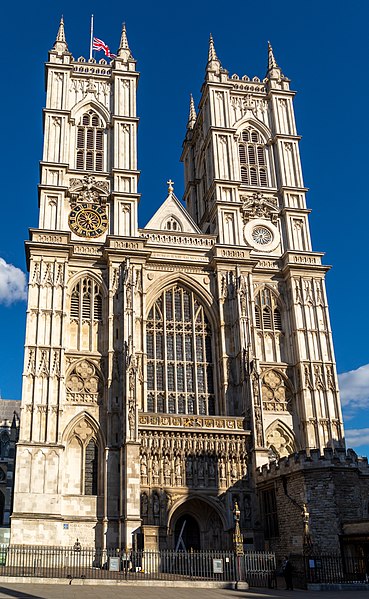Religion in Iceland has been predominantly Christianity since its adoption as the state religion by the Althing under the influence of Olaf Tryggvason, the king of Norway, in 999/1000 CE. Until then, in the 9th and 10th centuries, the prevailing religion among the early Icelanders — who were mostly Norwegian settlers fleeing Harald Fairhair's monarchical centralisation in 872–930, with some Swedes and Norse British settlers — was the northern Germanic religion, which persisted for centuries even after the official Christianisation of the state.
Statue representing the god Thor, c. 1000, National Museum of Iceland.
Early Icelandic churches maintained the style of Heathen hofs, often featuring dragon finials on the roof, such as in the case of the old church of Thingvellir (the current one goes back to 1859, while the steeple was rebuilt in 1907), built by initiative of King Olaf of Norway, who provided timber and the bell, to mark the official Christianisation of Iceland in the year 1000.
Carved statue of Jesus Christ, c. 1200, National Museum of Iceland.
The Lutheran Cathedral of Hólar, and Hólar University College.
A state religion is a religion or creed officially endorsed by a sovereign state. A state with an official religion, while not a secular state, is not necessarily a theocracy. State religions are official or government-sanctioned establishments of a religion, but the state does not need to be under the control of the clergy, nor is the state-sanctioned religion necessarily under the control of the state.
Westminster Abbey is responsible directly to the British monarch. The Church of England is the established church in England.





